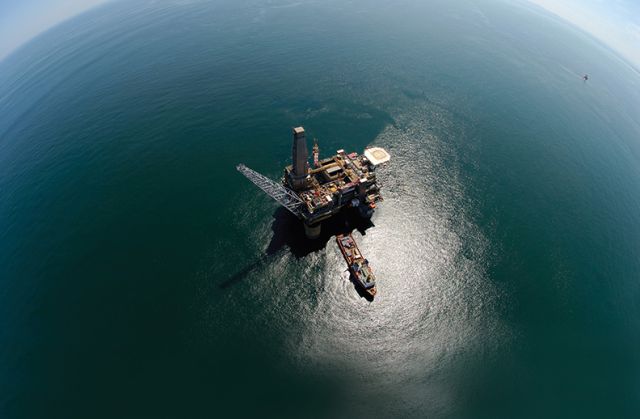
Opinions expressed by Hart Energy contributors are their own.
As human beings, we are creatures of habit. We quickly adapt to routines and like things a certain way, ordering our favorite dish off the menu to avoid disappointment, for example.
The same can perhaps be said of the oil and gas industry. We know this is a cyclical industry with peaks and troughs. For the past two years, we have been stuck in the trough of the cycle, as oil prices have gone through a period of volatility.
Still, at every level of an organization, we all need to focus on what we can control. Only then can we navigate through this challenging time and emerge stronger. As an industry, we need to increase efficiency while maintaining safety and keeping costs under control.
Industry Regulation
Great steps have been made through advances in technology and the introduction of digital industrial solutions; however, the potential to improve productivity further remains vast.
One challenge that equipment manufacturers face in the oil and gas industry is the differing engineering standards and product specifications of end users. Each operator on the market has its own customized standards by which it works.
Embracing manufacturing standardization, particularly during a downcycle period—such as the one we’re in now—would lead to higher-quality products, better productivity, increased reliability, shorter delivery time and, most important, lower costs.
A lack of industry-wide standardization means that a large amount of time and money is spent tailoring solutions to each customer’s specific requirements. For example, the aviation industry has benefited heavily from industry-wide standardization. It is regulated in such a way that all manufacturers must comply with centralized FAA standards. This means that when an aircraft manufacturer purchases an engine, it knows it’s getting a product that meets industry-wide regulations.
Simplifying Oil and Gas
Operators, OEMs and partners are looking at new ways to achieve a unified goal—keeping costs under control, mitigating risks and injecting speed and efficiency in the industry for the long term. From innovative commercial models to closer partnerships and new collaborative frameworks from the early stages of a project life cycle, there is a lot going on in this sector.
Designing and implementing manufacturing standards would further benefit both end users and providers alike, bringing a number of advantages, such as:
- Enhanced operational excellence—manufacturers would have a part to play in the safety, production and usage of products, making for a more streamlined operation, with the common aim of operational excellence;
- Consistency and repeatability—the largest cost reduction opportunities exist where we can make strategic inputs, reusing parts and redefining standards and designs to build business relevance, flexibility and agility;
- Shorter production cycle and on-time delivery—standardization would mean that productivity gains, therefore enabling operators and suppliers working to more accurate timeframe for delivery and installations.
Additionally, standardization would drive further collaboration and support and build better relationships between operators and suppliers.
The low oil price environment has put pressure on the industry to drive down cost. Now is the time for the industry to come together, agree on standards and simplify the way we work. If that were to happen, we could all benefit during a future upturn in the oil price.
Luca Passaleva is oil and gas commercial director for GE’s Marine Solutions. This article was originally published in GE’s Tech Talks.
Recommended Reading
Galp Seeks to Sell Stake in Namibia Oilfield After Discovery, Sources Say
2024-04-22 - Portuguese oil company Galp Energia has launched the sale of half of its stake in an exploration block offshore Namibia.
Chevron Hunts Upside for Oil Recovery, D&C Savings with Permian Pilots
2024-02-06 - New techniques and technologies being piloted by Chevron in the Permian Basin are improving drilling and completed cycle times. Executives at the California-based major hope to eventually improve overall resource recovery from its shale portfolio.
Deepwater Roundup 2024: Offshore Australasia, Surrounding Areas
2024-04-09 - Projects in Australia and Asia are progressing in part two of Hart Energy's 2024 Deepwater Roundup. Deepwater projects in Vietnam and Australia look to yield high reserves, while a project offshore Malaysia looks to will be developed by an solar panel powered FPSO.
Chevron’s Tengiz Oil Field Operations Start Up in Kazakhstan
2024-04-25 - The final phase of Chevron’s project will produce about 260,000 bbl/d.
E&P Highlights: April 29, 2024
2024-04-29 - Here’s a roundup of the latest E&P headlines, including a new contract award and drilling technology.




